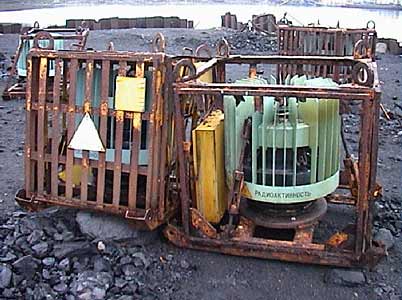Strontium is a chemical element with symbol Sr and atomic number 38. It was discovered in 1790 by Adair Crawford, a physician, in ore taken from lead mines in the village of Strontian, Scotland and named after the village.
Strontium is a soft silvery-white alkaline earth metal. The family of alkaline earth metals also includes beryllium, magnesium, calcium, barium and radium. Like other members of the family, strontium is highly reactive. Finely powdered strontium is pyrophoric and will burn spontaneously in when exposed to the air.
Strontium is the 15th most abundant element on earth. It is most often found in sedimentary deposits of the sulfate celestite and the carbonate strontianite. The strontianite is preferable but the best deposits for mining are celestite. It is produced by electrolysis of melted strontium chloride mixed with potassium chloride. China produces two thirds of the world’s strontium. It is also mined in Spain, Mexico, Turkey, Argentina and Iran.
There are thirty nine isotopes of strontium which vary in atomic weight from 73 to 105. There are four stable isotopes of strontium, Sr-84, Sr-86, Sr-87, Sr-88. Sr-87 is radiogenic meaning that it can be produced by the radioactive decay of Rubidium-878 as well as primordial nucleosynthesis in stars. There are thirty five unstable radioisotopes of strontium. Their half-lives range from Sr-97m1 at 170 billionths of a second to Sr-90 at 28.90 years.
Strontium found its first major use in the form of strontium hydroxide which was used in huge quantities to extract sugar from sugar beets. Strontium burns with a bright red color and is used in fireworks. It is also used in the creation of ferrite magnets, refining zinc, optical applications in the form of strontium titanate, in strontium aluminate for phosphorescence, in strontium chloride in toothpaste, as strontium oxide to improve potter glazes, strontium ranelate is use to treat osteoporosis and in chemical reagents for laboratory use.
Strontium-89 is the active ingredient in a strontium chloride compound that is used to treat bone cancer because, as a relative of calcium, strontium is taken up by the bones. Sr-90 is a product of nuclear fission. It is produced by nuclear explosions and nuclear reactors. It has been used in radioisotope thermoelectric generators because, even though it has a shorter half life than plutonium-238 which is also used, it is cheap and can be extracted from nuclear waste. The old Soviet Union installed many generators powered by Sr-90. Sr-90 is also used for cancer therapy. Sr-89 and Sr-90 are used as radioactive tracers in medicine.
Sr-90 is the most dangerous radioisotope from nuclear explosions. It is less volatile than cesium and less likely to be released in nuclear accidents. Improper disposal of Sr-90 devices can result in contamination of steel made from scrap metal. Dispersed in the natural environment it poses a threat to human health. Entering the body through consumption of contaminated food and water, it is taken up by the bones and can cause bone cancer, cancer of nearby tissues and leukemia.
Abandoned radioisotope thermoelectric generator from Soviet era. Picture from Finmark regional government:
